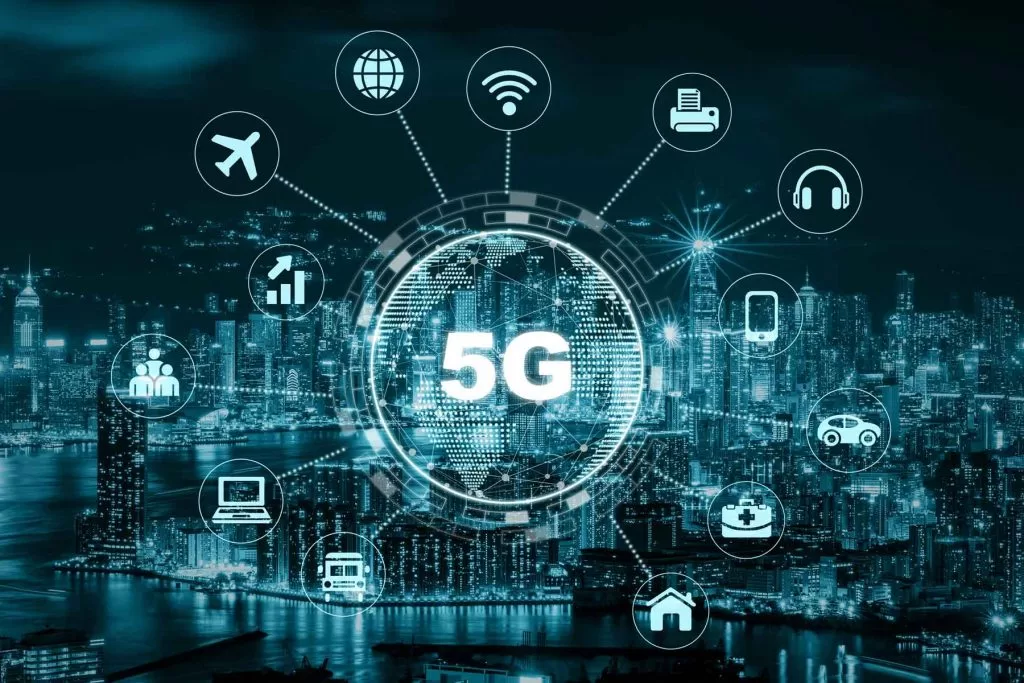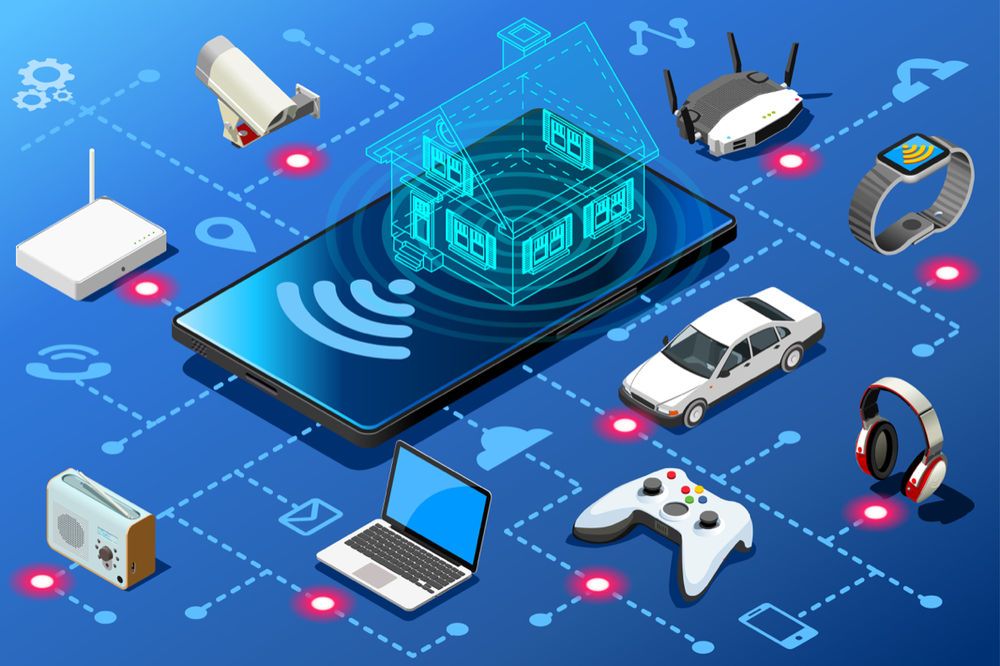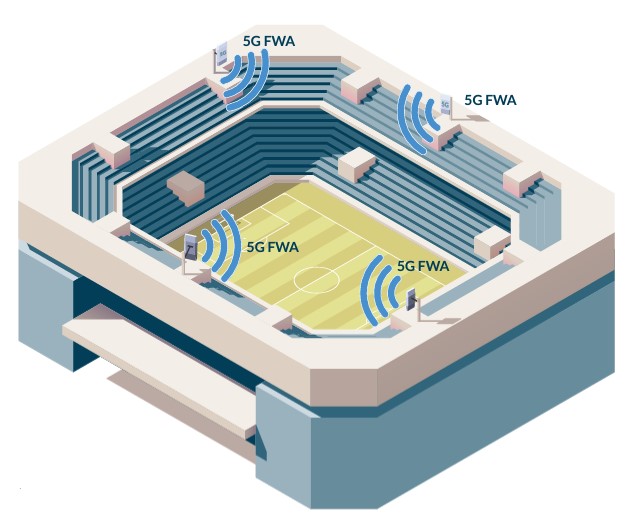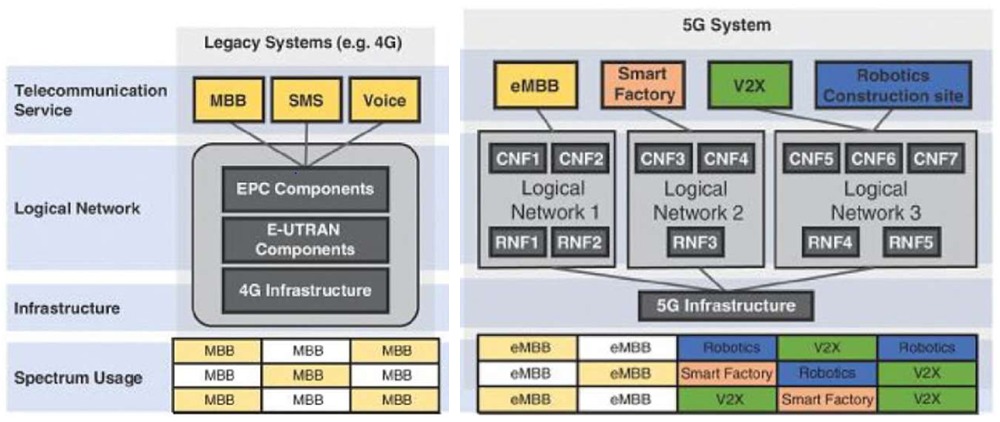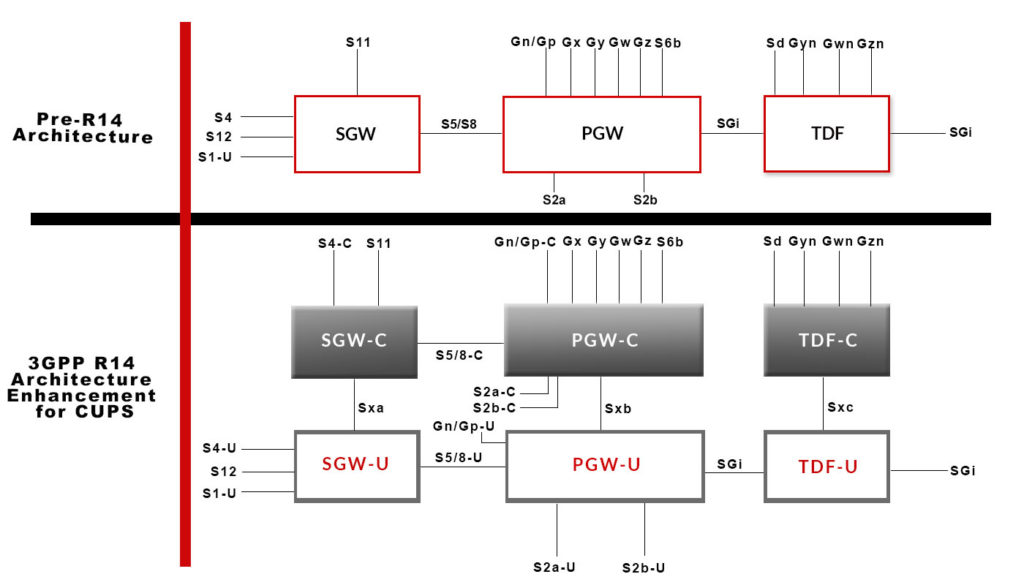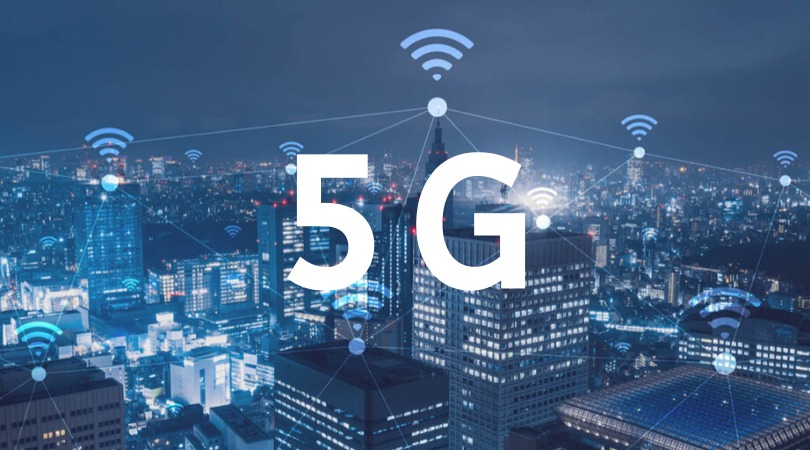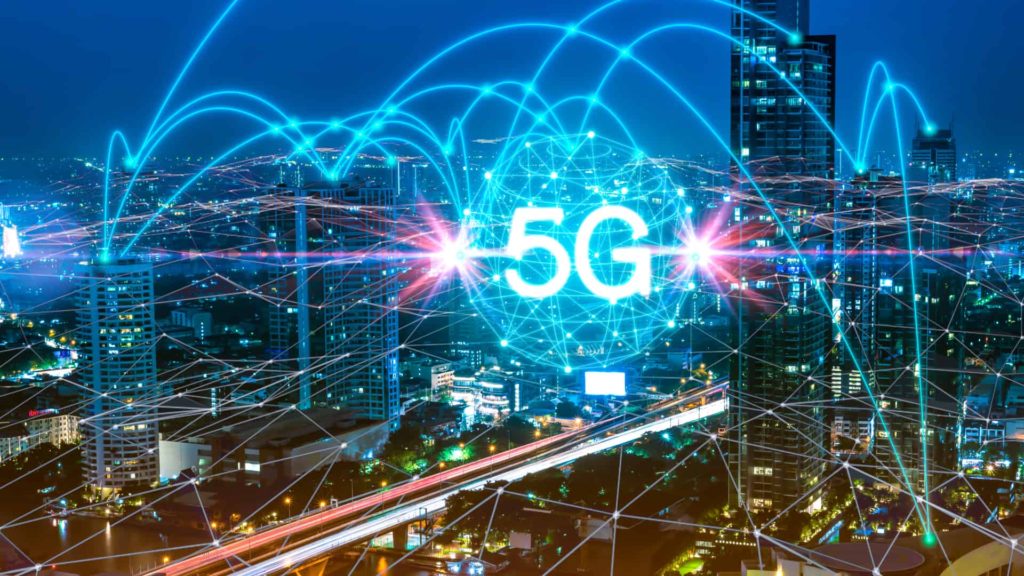GSM and the corresponding 3GPP technologies have become a success story because of the developed ecosystem. There are currently more than 5 billion GSM subscribers worldwide with a rich ecosystem for many industry players due to standardized processes and interfaces such as the unique air interface and the Access and Non-Access Stratum separation. Other ecosystems have also evolved in parallel, such as the IETF (IP) and IEEE (Ethernet, WLAN). These ecosystems are partially acting on the same playgrounds and influence each other. Groups like GSMA and NGMN, 3GPP standardization, and the underlying ecosystem are still vital to the MNO business. A cooperative structure amongst the MNOs and related commitment are necessary to compete with OTTs/Hyperscalers.
Functions, Nodes, and Network Integration
3GPP architecture (stage 2) describes the corresponding network functions. Although functions and nodes are often closely related, there is no 1:1 mapping between a function and a node. All interfaces defined by 3GPP are candidates for the operator‘s network integration task, but not every interface has to be used necessarily. A defined standardized network function can even be subdivided further and distributed on several systems if this leads to an improved implementation (e.g., in terms of performance, etc).
An operator has to choose the right integration level when building up a network and balancing the hiding complexity. This can be achieved by using a few pre-integrated systems from the system suppliers and having more choices to construct better networks using higher system modularity. To master the network integration complexity, the number of entities dealt with has to correspond to the number of people understanding these systems and their interdependencies. A way too modular architecture, as proposed by microservices, may contradict this principle.
The very nature of the mobile network did not change over the last 30 years. The architecture fundamentally remained unchanged, although nodes have been renamed a lot. It basically carries bits from one endpoint to another endpoint, across an air interface and some nodes in between. It provides different channels suited for different types of traffic. These channels may have dedicated characteristics. It is worth looking closer at the nature of channels (e.g., NB IoT) and their related control (mobility, quality, point-point vs multi-point). The network historically performed some end-user services, but this happens nowadays better behind the system, in an OTT manner. However, scientists and researchers are looking for more fundamental changes to networks and discussing for example the information-centric networks.
RADIO calls the shots
It is realized that more than 80% of current network investment is related to RAN, while the Core Network follows. Attempts for cost reduction have therefore to focus primarily on RAN.
Much has been achieved already by Single-RAN-technology, which integrates GSM/UMTS/LTE into a single base station radio unit. From the early GSM days onwards, there was a discussion on open Abis and open Iub interfaces. The idea was to have different RAN suppliers for various RAN components and achieve greater network flexibility, but all initial attempts failed. Even today, the interface between the more distributed radio units and a more centralized RAN processing (CPRI, in different facets) is unable to become an open standard yet. Obviously, there is strong interest from the system suppliers to protect their core business and related income. That is one of the main reasons operators were not successful in opening up the relatively closed radio network architecture until now. The latest initiative is the Open-RAN project, where it is too early to decide if this will finally be a successful venture.
IMS and 3rd Party ENABLING
The original idea was the creation of a common enabling platform for many multimedia services. This idea never became a reality, similar to previous thoughts of enabling platforms, like intelligent networks. Although inherited from IETF and based on a simple SIP protocol, 3GPP created an overly complicated system, maintaining all legacy paradigms and supplementary services. The 3GPP way of doing SIP was an attempt to keep operator control over upcoming IP traffic and services. IMS became finally implemented just as a replacement for outdated voice systems (MSCs, R4). This scenario competes with OTT services like Skype or Facetime and has as remaining advantage just the global reachability and interoperability, with a cost of extreme complexity.
5G Virtualisation and Network slicing
With the advent of virtualization, the way networks are built is changing, but not how they function. Therefore, this topic doesn‘t appear at all in 3GPP specs. However, virtualization stimulates a “softwarization” of networks. It allows us to load a function as SW rather than deploy a physical node with a function, thus enabling a new range of suppliers. This generally leads to deploying many network functions in parallel and associating virtualized nodes to virtual networks, a process known as “network slicing”. However, creating different network slices makes only sense if the slices differ somehow in their characteristics (KPIs, granted resources, functional diversity, way of operation and management, ownership). Until now, there is not a 100% common understanding of what this requires, and the differentiation remains on an abstract level to distinguish between IoT, MBB, and URLLC slices. However, these slices can hardly be provided just by software configuration since some functions (like URLLC) require local deployment to keep latency low.
The Network-IAAS Provider
The socio-economic perspective on networks calls for a new split in the value chain: the introduction of a Network-IaaS-Provider and a set of Software-MNOs as “tenants”. A successful argument for a Network-IaaS-Provider is that the densification of networks requires an enormous number of sites, which cannot be financed by a single MNO. A network infrastructure could be treated equally like energy, water, roads like a public issue and asset. Coverage obligations are regarded as a common issue and solved jointly. Legal obligations (i.e., lawful intercepts) are easier to fulfill if handled by a single provider and equally applied for all tenants. Spectrum can be pooled and shared, leading to higher peak user data rates. EMVU radiation is kept on a minimal level, as duplicated radio deployment is avoided. Infrastructure clouds can nicely be integrated into the common infrastructure, better protected than public clouds. Network Infrastructure is mission-critical and needs to be treated differently than just a typical enterprise asset.
The Network IAAS Provider
Network Slicing technology allows the creation of multiple Software-MNOs on a common Network-IaaS basis. Network-IaaS-Provider is driven by the political economy (e.g., state-controlled). It provides and operates a common infrastructure layer on which many competing networks can be created. It consists of passive equipment such as sites and fibers and active equipment, which is now programmable. All public resources (including spectrum) are pooled and shared and can dynamically be assigned to the different networks. Network-IaaS-Provider fulfills regulatory demands like coverage obligations and lawful intercept. It is, overall, a critical infrastructure that has to be protected and made highly resilient.
Introducing the S-MNO Company
The S-MNO (Service Mobile Network Operator) Company buys resources on-demand from the NIaaS company, which allows to construct a network. It programs the NIaaS layer to create one or several systems, i.e., network slices. It also provides the end customer service and operates the software-defined network. S-MNOs will have sufficient freedom to distinguish from competitors in terms of network functionality and quality and are usually relieved from regulatory obligations. An S-MNO has some similarities with today’s MVNOs and Service Providers but has far more independence from the underlying network infrastructure than nowadays. Today‘s network operators could split up into two different units, the infrastructure holder and the service provider. A new MoU is necessary to define the interface between them. This will be the 5G ecosystem of the future.


